The trifilar construction is the important part, which makes these transmission-line transformers. The signal flows in/out of each transformer along a parallel structure (pairs of wires, or one with respect to the others around it), with controlled impedance given by the geometry of those wires (number, diameter and spacing). The same is true of each winding to its surroundings, and the parallel-series combination allows establishing a new impedance. Or inverting phase, as is needed for a balun.
These are Ruthroff type 1:2 baluns, meaning the delay between transmission lines and ports is not matched, and the balance will suffer at some upper cutoff frequency.
The lower cutoff frequency is defined by the core and turns. At middle frequencies, the ferrite's permeability drops off as core losses take over, and this determines the insertion losses due to shunt resistance.
Turns and core size also determines maximum signal level (core saturation), though core losses are generally the limiting factor above 100kHz or so.
As for core geometry, wider is generally better (higher Ae (core effective area) compared to winding length and area), as this reduces turns and maximizes bandwidth (upper cutoff depends on winding length). At shortwave frequencies, this isn't very important, and toroids are more than adequate.
